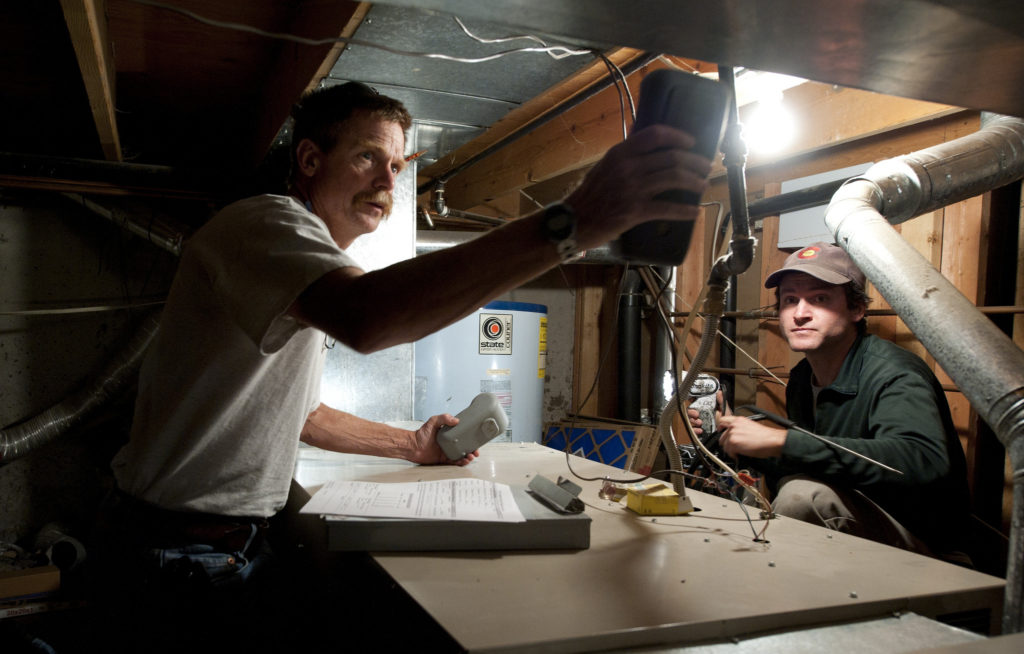Weatherizing Vermont’s old housing stock is an essential element of any plan to address our state’s rising greenhouse gas emissions. But the benefits of weatherization extend beyond curbing carbon emissions – other perks include the potential for decreased energy bills, improved health, and more investment in Vermont’s economy.
Since heating accounts for a sizable portion of the state’s emissions, incentives that facilitate home energy retrofits are key for helping Vermont meet its climate commitments. Now, thanks to a bill (H.63) that Governor Scott signed into law this week, Vermont is taking a small step in the right direction.
Under the new law, Vermont’s energy efficiency utility, Efficiency Vermont, will allocate funds left over from electric bill efficiency charges toward weatherization incentives for low and moderate income Vermonters. H. 63 also directs the Public Utilities Commission (PUC) to open a proceeding to assess how Vermont can approach efficiency differently to accelerate progress towards our climate and energy goals – and how best to fund that work.
Going into the legislative session, VPIRG’s goal was to secure the funding needed to double the number of low and moderate income homes weatherized every year in Vermont, from 2000 to 4000. That would have needed roughly $11 million in new, ongoing funding. Between the budget and H.63, the legislature eventually passed a little less than half of that – almost all of it one-time funding, meaning we’ll have to be back next year if we want to keep even this modestly accelerated pace going.
Though it’s not the resounding victory we’d hoped for, we’re celebrating this small win and looking forward to bigger and better climate action next legislative session.

